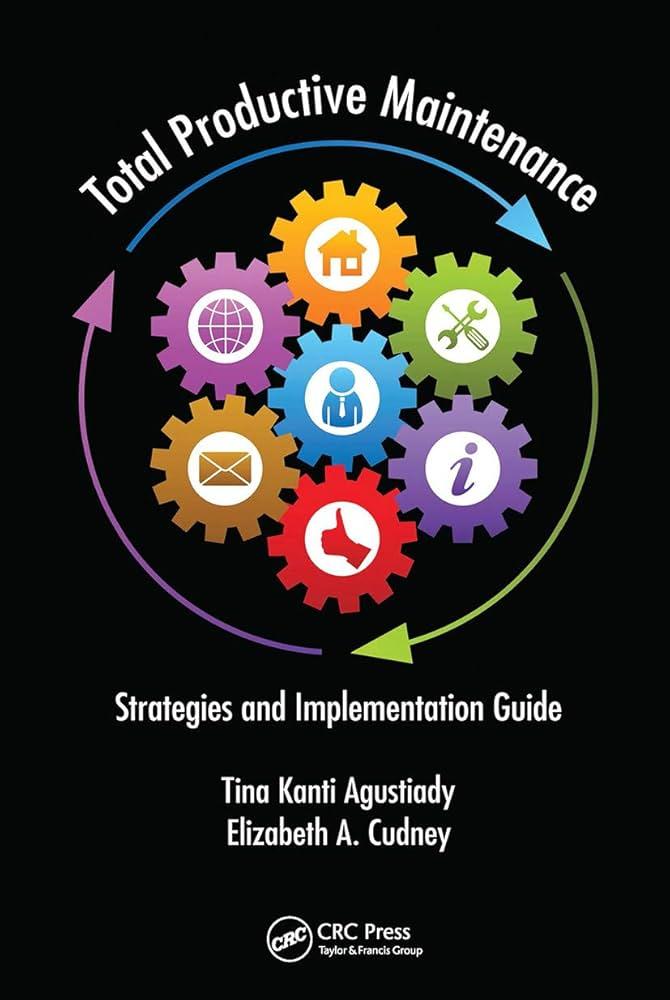In today’s fast-paced and demanding business environment, maximizing efficiency and minimizing downtime are essential to staying competitive. Enter Total Productive Maintenance (TPM) Logistics – Transport – Shipping, a comprehensive approach to ensuring peak performance in all aspects of your supply chain. From the shop floor to the shipping dock, TPM offers a holistic solution to keeping your operations running smoothly and seamlessly. Let’s dive into how TPM can revolutionize the way you manage your logistics, transport, and shipping processes.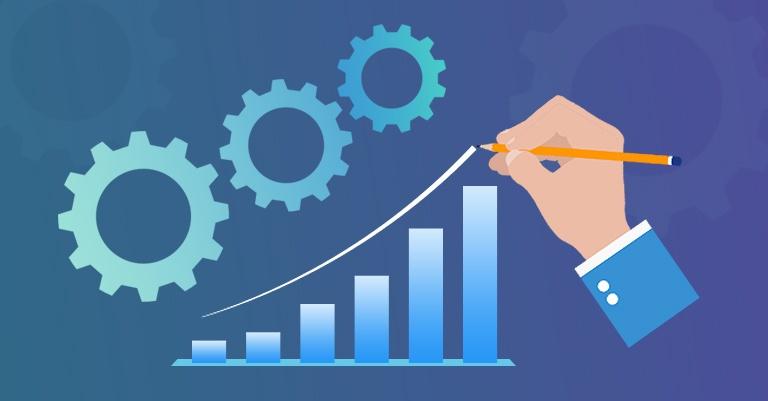
Improving Equipment Reliability through TPM Implementation
Total Productive Maintenance (TPM) is a comprehensive approach to equipment maintenance that aims to maximize equipment effectiveness, eliminate breakdowns, and improve overall equipment reliability. By implementing TPM, organizations can enhance their operational efficiency, reduce downtime, and optimize their maintenance processes.
Key benefits of implementing TPM in logistics, transport, and shipping include:
- Improved equipment reliability: TPM helps in identifying and addressing equipment issues proactively, leading to fewer breakdowns and disruptions in operations.
- Increased equipment lifespan: By implementing TPM practices such as regular maintenance and operator training, organizations can prolong the lifespan of their equipment, reducing the need for costly replacements.
- Enhanced safety: TPM implementation includes safety checks and protocols, ensuring that equipment is operated and maintained safely, reducing the risk of accidents and injuries.
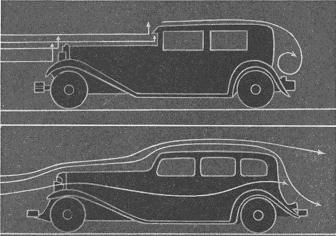
Streamlining Maintenance Practices in Logistics Operations
Implementing Total Productive Maintenance (TPM) in logistics operations can greatly improve efficiency and reduce downtime. By focusing on proactive and preventive maintenance practices, companies can streamline their operations and ensure that equipment and vehicles are always in peak condition. This approach also helps to minimize unexpected breakdowns and costly repairs, ultimately leading to increased productivity and cost savings.
Key benefits of adopting TPM in logistics include:
- Improved equipment reliability and availability
- Increased equipment lifespan
- Enhanced safety for employees and goods
- Reduced maintenance costs and downtime
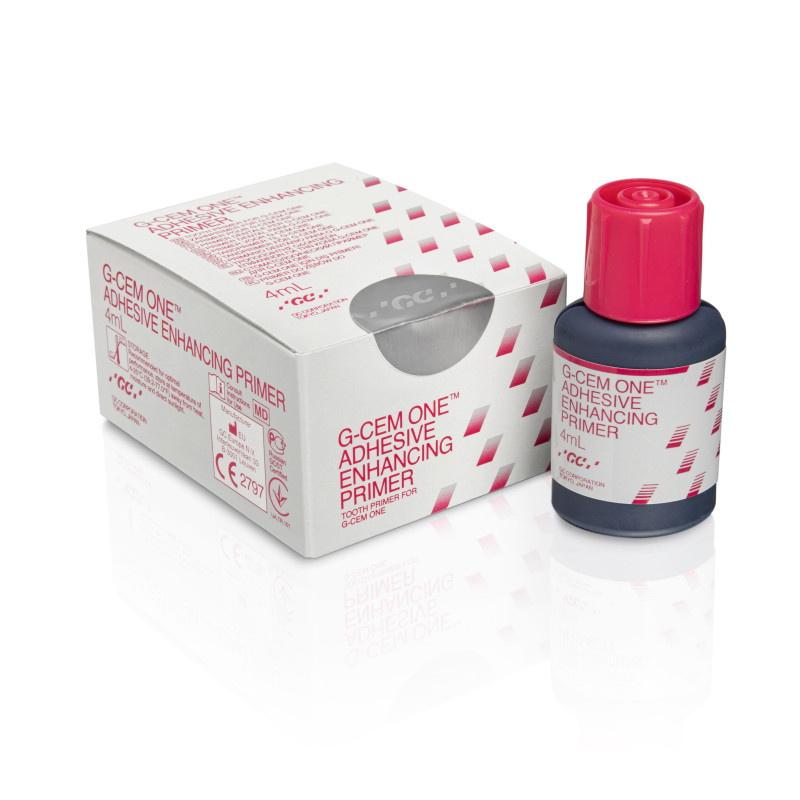
Enhancing Overall Equipment Effectiveness in Shipping Processes
Total Productive Maintenance (TPM) is a crucial strategy that can greatly enhance the efficiency and effectiveness of shipping processes. By implementing TPM principles, companies can ensure that their equipment is well-maintained and operating at peak performance, leading to improved overall equipment effectiveness (OEE). This proactive approach to maintenance helps to minimize downtime, reduce costs, and optimize the use of resources in the shipping industry.
Key benefits of implementing Total Productive Maintenance in logistics, transport, and shipping include:
- Increased equipment reliability – Regular maintenance and inspections help to identify and address potential issues before they escalate, leading to fewer breakdowns and disruptions in shipping operations.
- Improved productivity – By maintaining equipment in optimal condition, companies can maximize their output and throughput, resulting in faster and more efficient shipping processes.
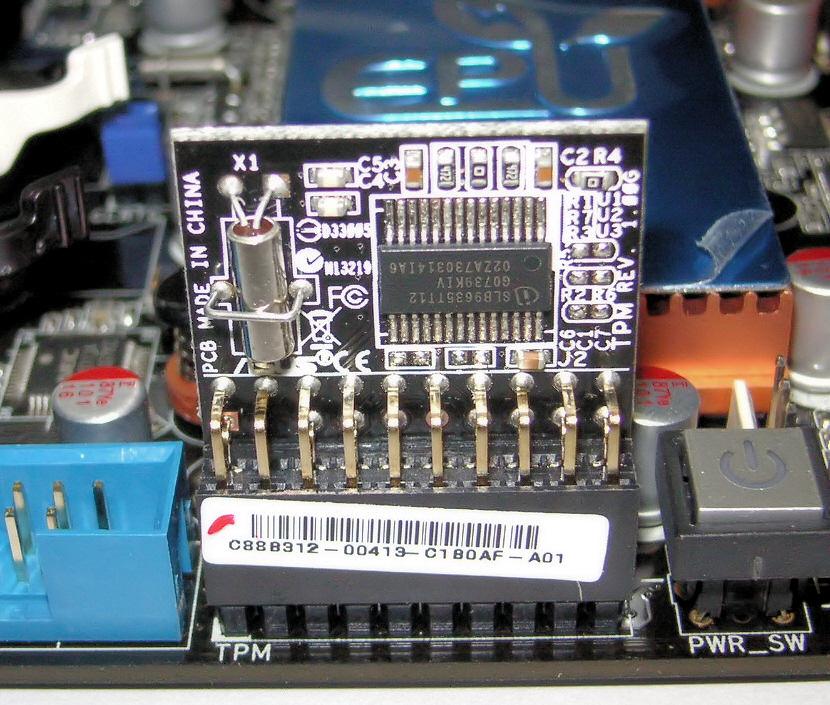
Incorporating TPM Strategies for Optimal Transportation Efficiency
Total Productive Maintenance (TPM) focuses on maximizing the efficiency and effectiveness of equipment and processes. When applied to transportation, TPM strategies can lead to optimal transportation efficiency. By implementing TPM practices in logistics, transport, and shipping operations, businesses can ensure that their vehicles, warehouses, and supply chain processes are operating at peak performance levels consistently.
Some key TPM strategies for optimal transportation efficiency include:
- Regular maintenance checks: Conducting routine maintenance checks on vehicles and equipment to prevent breakdowns and ensure smooth operations.
- Employee training: Providing employees with proper training on TPM practices to increase their understanding and participation in maintenance activities.
- Continuous improvement: Implementing Kaizen principles to promote a culture of continuous improvement in transportation processes.
Closing Remarks
In conclusion, Total Productive Maintenance (TPM) plays a crucial role in optimizing logistics, transport, and shipping operations. By focusing on preventative maintenance, employee involvement, and continuous improvement, organizations can achieve greater efficiency, reduced downtime, and improved overall performance. Whether you’re involved in warehousing, distribution, or transportation, implementing TPM principles can help drive success and ensure your operations run smoothly. Embrace the power of TPM and watch your logistics operations thrive!
